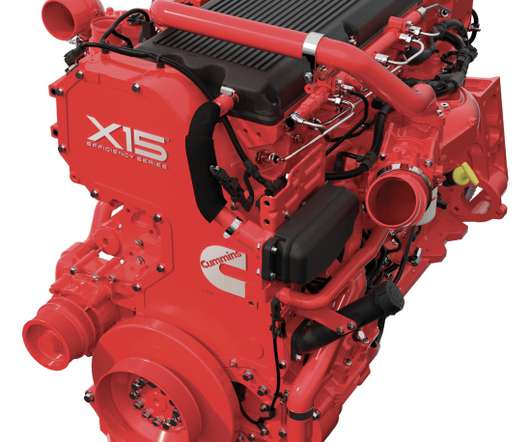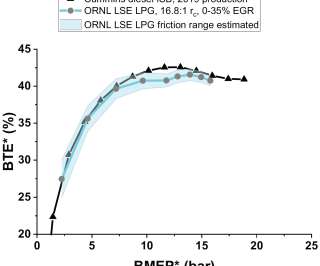GM R&D study explores effect of temperature and O2 concentration on automotive low-load HCCI
Green Car Congress
NOVEMBER 11, 2013
A study by a team at the Propulsion Systems Research Labs, GM R&D has concluded that the combustion instability of homogeneous charge compression ignition (HCCI) at the low-load range is caused by lack of oxygen concentration rather than lower in-cylinder mixture temperature. Earlier post.). 5 512-524 doi: 10.1177/1468087412463304.







































Let's personalize your content